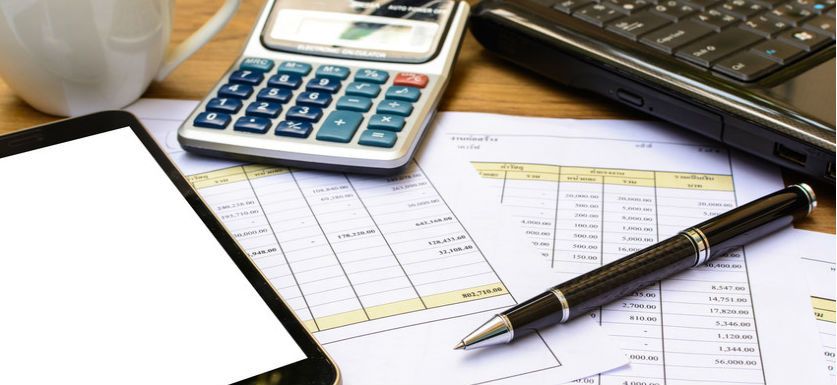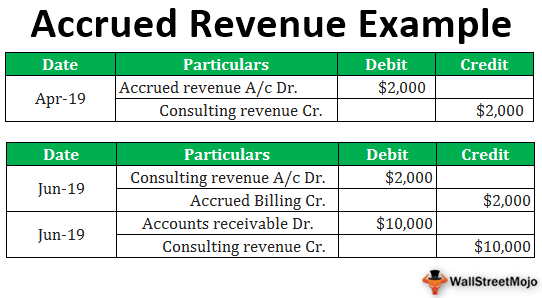


2 October (for the quarter to 30 September 20X1) $5,000.29 June (for the quarter to 30 June 20X1) $5,000.31 March (for the quarter to 31 March 20X1) $5,000.He rents factory space at a rental cost of $5,000 perquarter, payable in arrears.ĭuring the year to 31 December 20X1 his cash payments of rent have been as follows: John Simnel’s business has an accounting year end of 31December 20X1. Method 2: know the income statement charge The year-end accrual is the $3,000 expense that has not been paid in cash.The total expense charged to the income statement in respect of electricity should be $12,000.Show the relevant entries in the ledger accounts. What year-end accrual is required and what is the electricity expense for the year? The electricity for thefinal quarter is paid in January 20X6. In the yearto 31 December 20X5, $9,000 has been paid. In this case, it is necessary to record the extra expense relevantto the year and create a corresponding statement of financial positionliability (called an accrual):Īn accrual will therefore reduce profit in the income statement.Ī business’ electricity charges amount to $12,000 pa. This means that the actualexpense incurred in the period should be included in the incomestatement rather than simply the amount of the expense that has beenpaid in cash.Īn accrual arises where expenses of the business, relating to the year, have not been paid by the year end. The expenses of the period that the business has incurred inmaking its sales, such as rent, electricity and telephone, must also bematched with the sales for the period. Any goods unsold are carried forward to the next period so thatthey are accounted for when they are actually sold. As we saw in a previous chapter,we need to adjust for opening and closing inventory to ensure that thesales made in the period are matched with the actual costs of thosegoods. The major cost involved in making sales in a period is the actualcost of the goods that are being sold. Similarly purchases are matched to the period in which they weremade by accounting for all credit purchases when they took place andsetting up a payable in the statement of financial position for theamount due (debit purchases and credit payables). This is done by settingup a receivable in the statement of financial position for the amountof cash that is due from the sale (debit receivables and credit salesrevenue). This means that, when a saleis made on credit, it is recognised in the income statement when theagreement is made and the invoice is sent to the customer rather thanwaiting until the cash for the sale is received. The sales revenue for an accounting period is included in theincome statement when the sales are made.

Thereforeall of the expenses involved in making the sales for a period should bematched with the sales income and dealt with in the period in which thesales themselves are accounted for. The concept isthat income and expenses should be matched together and dealt with inthe income statement for the period to which they relate, regardless ofthe period in which the cash was actually received or paid. The accruals concept is identified as an important accountingconcept by IAS 1 Presentation of Financial Statements. The accruals basis of accounting means that to calculate theprofit for the period, we must include all the income and expenditurerelating to the period, whether or not the cash has been received orpaid or an invoice received.


 0 kommentar(er)
0 kommentar(er)
